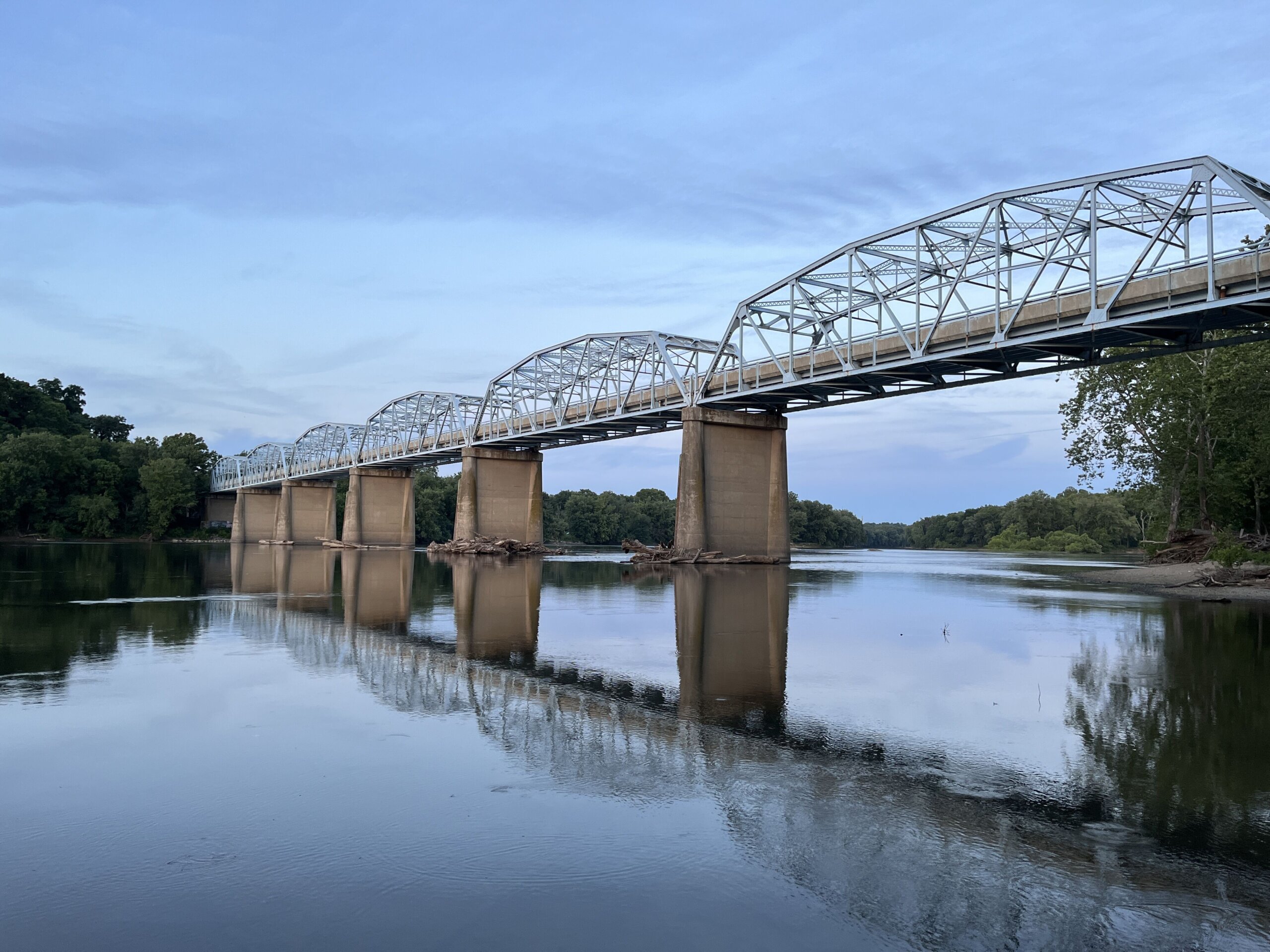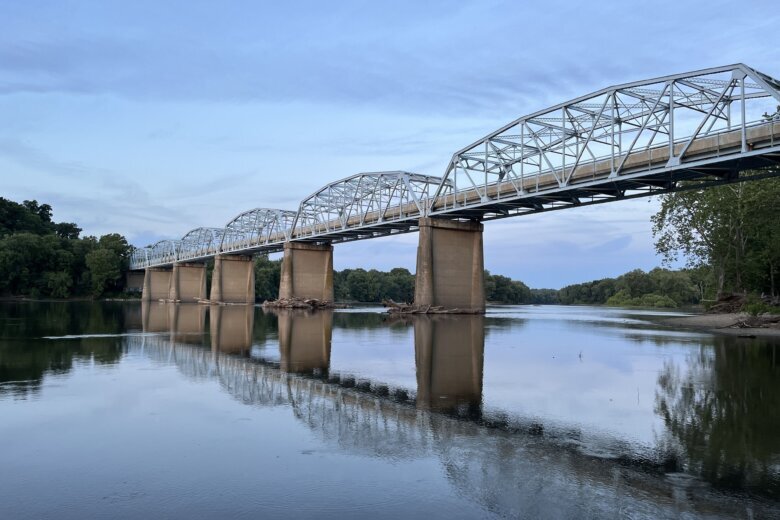
The streamflow of the Potomac River has been so low for the past five days that hourly drought monitoring has been required for the area’s prime drinking water supply.
However, the agency that implements coordination plans between the three local water supplies that rely upon the Potomac River told WTOP, “We’re not yet at a level where we’re risking not meeting water demands, or the needs of the river.”
Since Oct. 23, the flow of the Potomac River has largely stayed below 2,000 cubic feet per second at Point of Rocks, Maryland.
Dropping below that threshold triggers daily drought monitoring by the Interstate Commission on the Potomac River Basin. The flow is measured by the U.S. Geological Survey stream gauge at Point of Rocks.
The gauge is near the bridge connecting Maryland’s Frederick County with Loudoun County, Virginia, and is located upstream from the Potomac River intakes for the Washington Aqueduct, WSSC Water and Fairfax Water.

Cherie Schultz, director of operations for the commission’s Section for Cooperative Water Supply Operations on the Potomac, said the 2,000 cubic feet threshold is “kind of a heads-up number for us that we’ve got to start paying attention.”
Asked what the number below 2,000 tells water supply managers: “It tells us it’s not raining, and we continue to have to pay attention and hope for rain.”
However, Schultz said the agencies also closely monitor how much water the suppliers are using.
Looking at readings from Wednesday, Schultz said the three suppliers required a flow of approximately 500 cubic feet per second to meet customers’ needs.
In addition, “The river itself — the aquatic life in the river — needs some flow, and right now that flow has been set about 160 cubic feet per second.”
Three reservoirs are backup for Potomac River
The current readings at Point of Rocks are still well above the needed 660 cubic feet per second.
However, if the flow continued to drop — below approximately 1,000 feet per second — the three water suppliers maintain three reservoirs, which can release water into the Potomac.
The nearest is Little Seneca Reservoir, located in Black Hill Regional Park in Boyds, Maryland, in Montgomery County.
“Water from Little Seneca can be released to increase flows in the Potomac River,” said Schultz. “And when it flows, it takes about a day to make a difference at downstream intakes for Fairfax Water, WSSC Water, and the Washington Aqueduct.
Miles upstream, the larger Jennings Randolph Lake, straddling Maryland and West Virginia, and the Savage River Reservoir, in northwest Maryland, can be tapped.
“Water from those reservoirs, during low flow conditions, takes nine days to reach our area,” said Schultz. “So, we need to forecast river flows and think ahead.
It’s been more than a decade since Fairfax Water, WSSC Water and the Washington Aqueduct have had to supplement the flow of the Potomac.
“The last time we made releases was 2010 — before that, we made releases in 1999, and 2002,” said Schultz. “It’s very infrequent.”
However, the daily monitoring of flow levels gives water suppliers and others a head-start, before they need to release water from reservoirs, to make sure local customers can depend that water will flow into homes and businesses.
“We’re cautious, we need to maintain the reliability of our system,” said Schultz. “We wouldn’t really think about reservoir releases until flow fell below a thousand, and that is a very infrequent event.”









